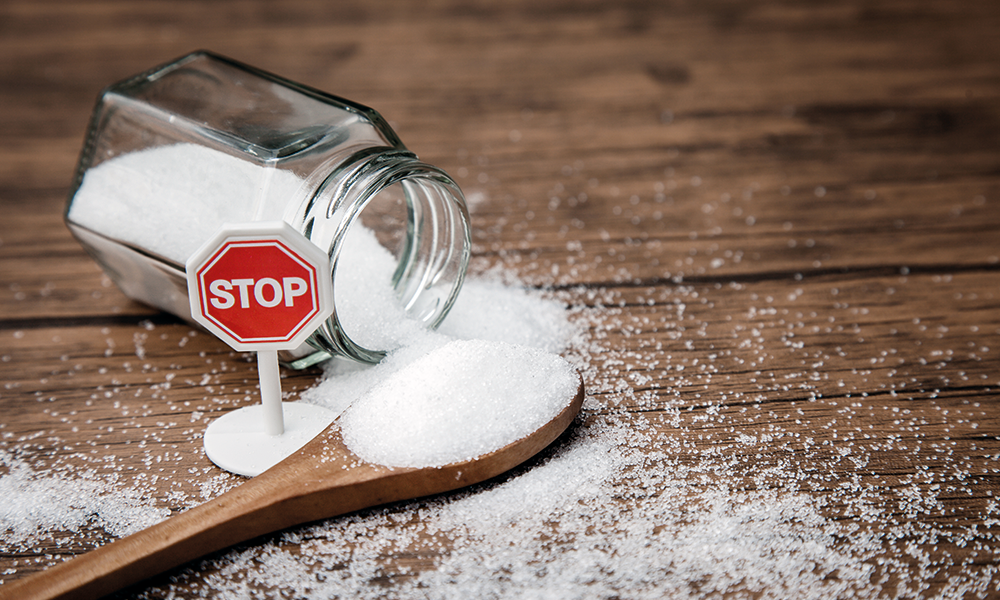Mmm sugar. Some people can take it or leave it, other people can’t understand that concept. They crave, need, want sugar. We know that dentists aren’t fans, but is all sugar awful? Is all sugar the same?!
What is sugar?
When we talk about sugar, we’re usually referring to sucrose. This is a naturally occurring sugar found in fruit, nut and vegetable plants. Sucrose is produced commercially from sugar cane, this is refined sugar as we know it, sitting pretty in a bowl.
When we eat sugar, our bodies release dopamine, a feel good neurochemical that boosts mood and motivation. It’s also a key part of the reward circuit in the brain associated with addictive behaviour. Hence why it’s hard to resist. Sugar can cause inflammation in the body and excess consumption leads to weight gain and increased likelihood of certain cancers, heart disease and type 2 diabetes.
Reduce sugar and you might also reduce:
- Acid reflux
- Acne
- Anxiety
- Irritable bowel or constipation
- Fatigue
- Migraines
- Joint pain
We can get into some sticky situations with sugar and not even know it because food manufacturers often use different names for it. It’s hard not to feel bamboozled but essentially anything ending in ‘ose’ is a form of sugar as well as syrups, honey and agave nectar. All types of sugar are broken down into the same thing, glucose, when they are digested. To cut a long, scientific story short, sugar is sugar.
Should we eliminate sugar entirely?
No. Sugar is essential for survival, it fuels our brains. What matters is how we consume the sugars as that impacts the rate at which we eat and digest it. The sugars naturally occurring in fruit for example, are packaged with other nutrients and fibre. This takes our bodies longer to digest, meaning sugar is released at a slower rate, allowing us to feel fuller for longer. A similar effect happens when we eat sugar alongside protein.
Intrinsic sugars are naturally occurring in food and have not been added.
Extrinsic sugars are sugars which have been added to, or released from, a food. If you spot sugar (in any of form) in the ingredients then it is added or ‘extrinsic’ sugar. Added sugars are best avoided or eaten in small and infrequent quantities as they offer empty calories. These include foods like energy bars, fizzy drinks, cakes and biscuits. Blended fruit smoothies will contain free sugars too. The blending process releases the sugar from the fruit and causes a similar spike in blood sugar as say a chocolate bar. It’ll leave us feeling much less satisfied than if we had eaten the fruits whole.
Empty calories?
Heard of empty calories? They’re calories that offer little nutritional value. Sugar is a prime candidate. Intrinsic sugars are natural and needed, and consumed as part of fruit, vegetables and nuts are beneficial. Next time you’re craving something sweet, try reaching for an apple or berries instead of biscuits or a fizzy drink. This will pack a nutritional punch as well as satisfying your sweet tooth.
Top tips
It’s great to be aware of how much sugar we’re consuming.
- Try to avoid or at least eat less foods which contain added sugars
- Think about cutting down or stopping adding sugar to your food and drink
- Stick mostly to whole fruits rather than smoothies



